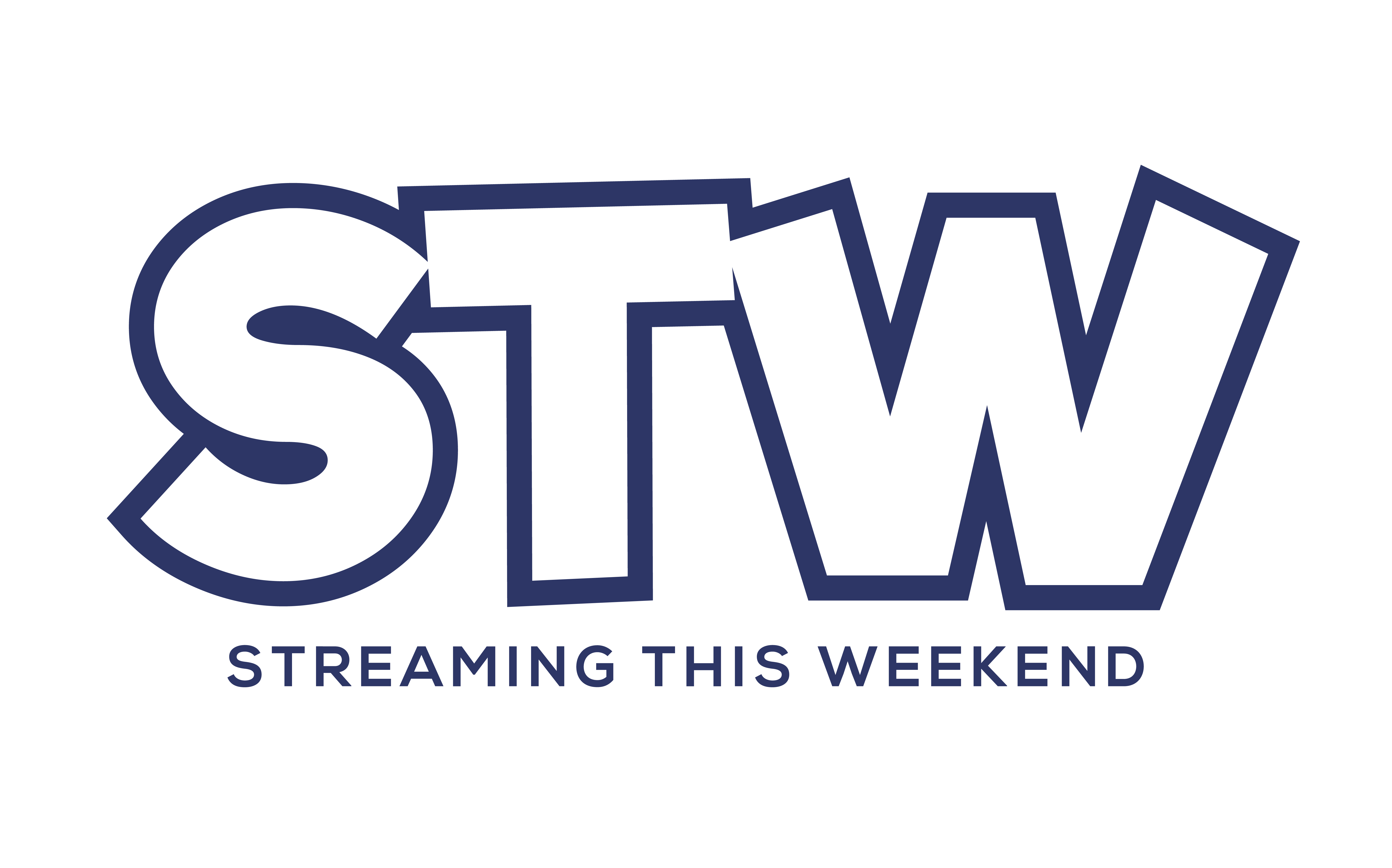We examine OTT fragmentation of streaming content. What does it mean for you?
Netflix introduced on-demand video services and streaming in 2007 after a solid run as a mail-based DVD rental service. Since then, dozens of competitors have entered the streaming marketplace, providing original content that tempts viewers to subscribe.
Instead of paying $150 per month for cable or satellite services, it’s not unusual for some households to pay $250 or more for streaming services.
Why is this happening? Over-the-top (OTT) media services provide content directly to viewers outside of regular broadcast or cable. Content fragmentation distributes these entertainment options to targeted audiences.
Cost expectations with OTT fragmentation
The issue with content fragmentation isn’t the cost of the monthly service for most consumers. Morning Consult discovered that American consumers were satisfied with a $12 per month price for ad-free streaming.
The cost of the access and equipment needed for those streaming services expands the family budget.
Since OTT services use the internet for delivery, families need access to a reliable high-speed connection. That price ranges from just under $100 to more than $300 per month, depending on how much patience you’re willing to have when starting a show or a movie.
Once you get internet access, you need to be aware of data caps. Several providers limit how much content you can stream each month and charge overages if you go over. Here are some examples from 2022 pricing.
- Xfinity offers 1.2 TB per month and charges $10 for every 50 GB of overages.
- With fixed wireless, AT&T customers are limited to 350 GB monthly and $10 for every 50 GB they go over.
- HughesNet initiates caps at 10 GB to 50 GB, followed by speed slowdowns once you hit that limit.
Unlimited data plans are available, but they often cost more. That’s why consumers are turning to mobile devices for their streaming services. Even then, you can expect to pay between $25 to $50 per line for the data while getting internet slowdowns once you reach a specific limit. You’ll also have the cost of the tablet or smartphone to consider.
That means the average family of four who wants at-home and mobile access to their preferred streaming services could pay $400 or more per month for access, then have the streaming costs on top of that.
What can consumers expect with ongoing content fragmentation?
Media consumption habits are constantly evolving. What you find on broadcast or cable television isn’t meeting the needs of all consumers. OTT fragmentation resolves that concern, but it comes at a higher cost.
This distribution strategy places specific shows on streaming platforms. For example, if you want to watch new Star Trek episodes, you need a subscription to Paramount Plus because the content isn’t airing on CBS.
Since content fragmentation creates niche audiences, consumers are adapting to these costs by rotating their streaming services. They might access Netflix for a month, AppleTV+ for another, and Disney Plus after that to watch their favorite shows.
Although that strategy saves some money, it doesn’t change the access costs to receive OTT content. If you want access to it, especially in rural areas, expect to increase your entertainment budget each month.
On the hunt for the best movies on Netflix? Don’t know what you’ll be streaming this weekend? Subscribe now for our picks!

